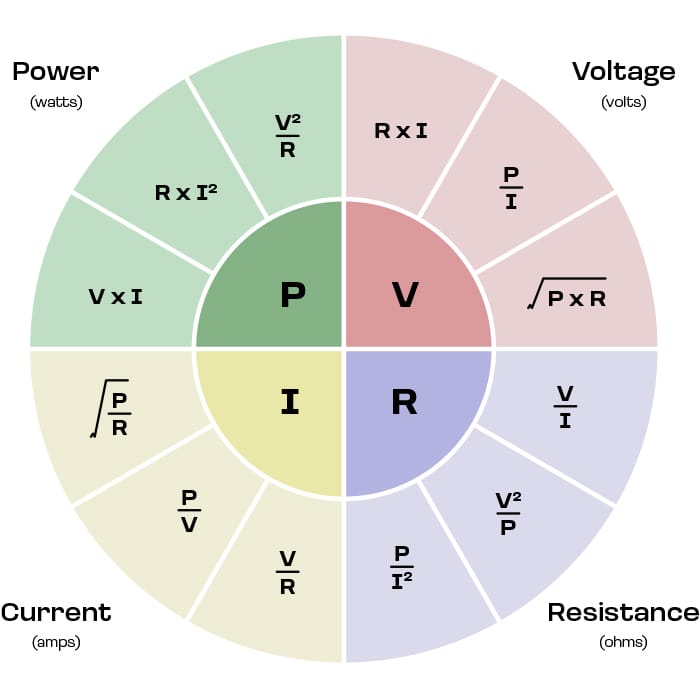Cart totals
Subtotal:
$0.00
Tax (estimated for the United States (US))
$0.00
Total:
$0.00
Proceed to checkout
-
— or —
-
-
Popular Search
Page
Support
Solutions
Need some inspiration?
Check out how other businesses like yours have set up tablet stands for all sorts of uses.
View our case studies
Partnerships
Our Network
Access global support and a broad product range with our distributors.
3PL Services
Streamline operations with our custom-designed 3PL fulfilment portal.
Enterprise Solutions
Tailor-made enterprise solutions designed for your specific needs.
Join The Bosstab Network
Thinking about teaming up as a partner or reseller? Or want to know more about our 3PL and Enterprise Solutions? We'd love to chat! Just fill out our contact form, and we'll get back to you soon.
Contact Us
Ohms Law Calculator
Ohm's Law is a cornerstone in electrical engineering and physics, serving as the equation that relates current, voltage, and resistance in an electrical circuit. Current, measured in amperes (amps), signifies the flow of electric charge, while voltage, measured in volts, represents the force driving this flow. Resistance, quantified in ohms, impedes this flow. Understanding the interplay between these three variables is essential for everything from basic electronics projects to intricate electrical systems in various industries.
Ohm's Law & Power Calculator
How to Apply
Ohm's Law in Electrical Circuits
Understanding the relationship between current, voltage, and resistance is pivotal for electrical calculations. Ohm's Law provides three core formulas to make these calculations easier:
Voltage (V) = Current (I) × Resistance (R)
Current (I) = Voltage (V) / Resistance (R)
Resistance (R) = Voltage (V) / Current (I)
To apply Ohm's Law in an electrical circuit, follow these steps:
- Identify Known Variables: Determine which variables you know: Voltage (V), Current (I), or Resistance (R).
- Choose the Appropriate Formula: Use one of the three formulas based on what you need to find out.
- Perform the Calculation: Plug the known values into the formula to find the unknown variable.
Note: Ohm's Law is generally applicable for resistive circuits. For circuits with inductors and capacitors, additional laws and formulas may apply.
